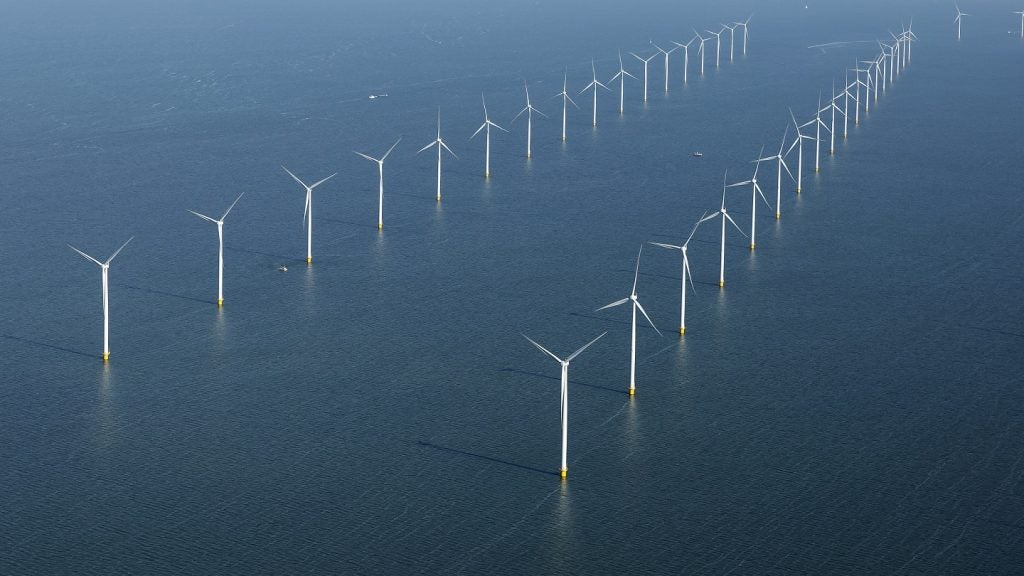
As climate change impacts the world, businesses are having to take measures to comply with regulations, minimise emissions and protect themselves from its effects. GlobalData analyst Christopher Papadopoullos discusses net-zero strategy in business ahead of GlobalData’s Who Is Ready for Net Zero? webinar on 29 February, touching on the consequences of lacking a strategy, popular options and the current state of the carbon offsets market.
What is the difference between carbon offsets and carbon credits?
The terminology of the carbon offset market lacks standardisation. I would treat the two terms as interchangeable; others would not.
A single carbon offset (or credit) avoids or removes one metric tonne of CO₂ or another greenhouse gas (GHG) with the equivalent global warming potential (CO₂e). An offset can be an avoidance offset or a removal offset. An avoidance offset funds a project that reduces emissions compared to a counterfactual scenario, such as protecting forests from deforestation. Removal offsets fund projects that physically remove GHGs from the atmosphere.
Carbon offsets are produced and traded in a voluntary, mostly private-sector market. They are not to be confused with emissions allowances, which companies need to purchase from regulators to allow them to emit a tonne of CO₂. The terminology around offsets can be convoluted and confusing. The best taxonomy can be found in The Oxford Principles for Net Zero Aligned Carbon Offsetting.
How might businesses that do not develop a net-zero strategy be affected in the next 5-10 years?
How well do you really know your competitors?
Access the most comprehensive Company Profiles on the market, powered by GlobalData. Save hours of research. Gain competitive edge.

Thank you!
Your download email will arrive shortly
Not ready to buy yet? Download a free sample
We are confident about the unique quality of our Company Profiles. However, we want you to make the most beneficial decision for your business, so we offer a free sample that you can download by submitting the below form
By GlobalDataCompanies without a net-zero strategy will be exposed to some key regulatory risks. These include emissions pricing, carbon taxes, due diligence requirements and mandatory [sustainability] reporting.
These kinds of regulations are already beginning to bite, with many companies placing stricter standards and requirements on their suppliers in order to future-proof their supply chains. This means that companies without a net-zero strategy will be more exposed to carbon pricing either directly or through their supply chain, and will also find it more difficult to secure deals and trade internationally.
Of course, there are some cases where a business does not have a net-zero strategy because they are already ahead of competitors. For example, Tesla provides much less information on its environmental impact than other car manufacturers.
What are currently the most popular ways for companies to reduce their emissions?
The lowest hanging fruit for most corporates is typically reducing what is known as Scope 2 emissions. These are the emissions associated with the electricity a company uses and can be reduced to zero by purchasing electricity from renewable suppliers or by installing on-site renewables, which reduces the need to draw electricity from the local grid.
Another popular way to reduce emissions is by electrifying vehicle fleets. Many companies have vehicle fleets for things like deliveries and moving things around factories and plants. Electrifying these and other sources of on-site emissions is a common way to reduce Scope 1 emissions, the emissions created by assets a company owns.
When we get to a company’s Scope 3 emissions, which are the proportion of supply chain emissions a company is responsible for, it becomes a bit more sector-specific. Carmakers are making more electric vehicles. Oil and gas companies are cutting the emissions created from extracting oil and gas and slowly shifting to renewables. The circular economy is a common theme across a large number of sectors.
What net-zero strategies for reducing emissions do you foresee businesses using more widely used in the next 5-10 years?
The next 5-10 years will largely be about electrification. That will mean taking on-site sources of emissions including everything from gas boilers and vehicles to industrial equipment like blast furnaces and heavy machinery and electrifying them. This reduces on-site emissions and means that carbon-intensive sources of energy can be replaced by renewables or other low-carbon sources.
The other big strategy that will impact all companies will be supplier engagement. More companies are trying to measure and reduce emissions across their entire supply chains, which means developing a new kind of relationship with suppliers, getting them to provide data, and trying to influence their investment decisions. This is a new area where companies are still trying to develop best practices.
There is the key question of engagement versus exclusion – whether to continue to source from suppliers that lag in terms of environmental reporting and performance, or whether to exclude them. This has been a hot topic in sustainable finance for years. It will spread to other sectors.
What is the current state of the carbon offset market?
The carbon offset market could not have had a worse 2023. There were two major scandals which seriously dented confidence and quashed demand for the most popular types of offsets. The scandals involved a major supplier of offsets and major verifier of offsets allegedly overstating the impact of their projects. Many corporates left the offset market altogether as a result.
What we have also seen is some major companies in tech and finance starting to invest in carbon removal offsets instead of more traditional avoidance offsets. Removal offsets depend on new technologies that are expensive and not yet scaled, like direct air capture. JPMorgan completed a carbon removal deal last year that had an implied value of $250 per tonne of CO₂ removed. This is expensive when you consider many avoidance offsets could be purchased at around $10-20 per tonne of CO₂ removed. The industry sees $100 per tonne as the magic number to which removal offsets will need to move.
The Who Is Ready for Net Zero? webinar on 29 February will explore why businesses need a net-zero strategy, how companies are currently reducing their emissions, which sectors still have the most work to do and whether companies should buy carbon offsets.







